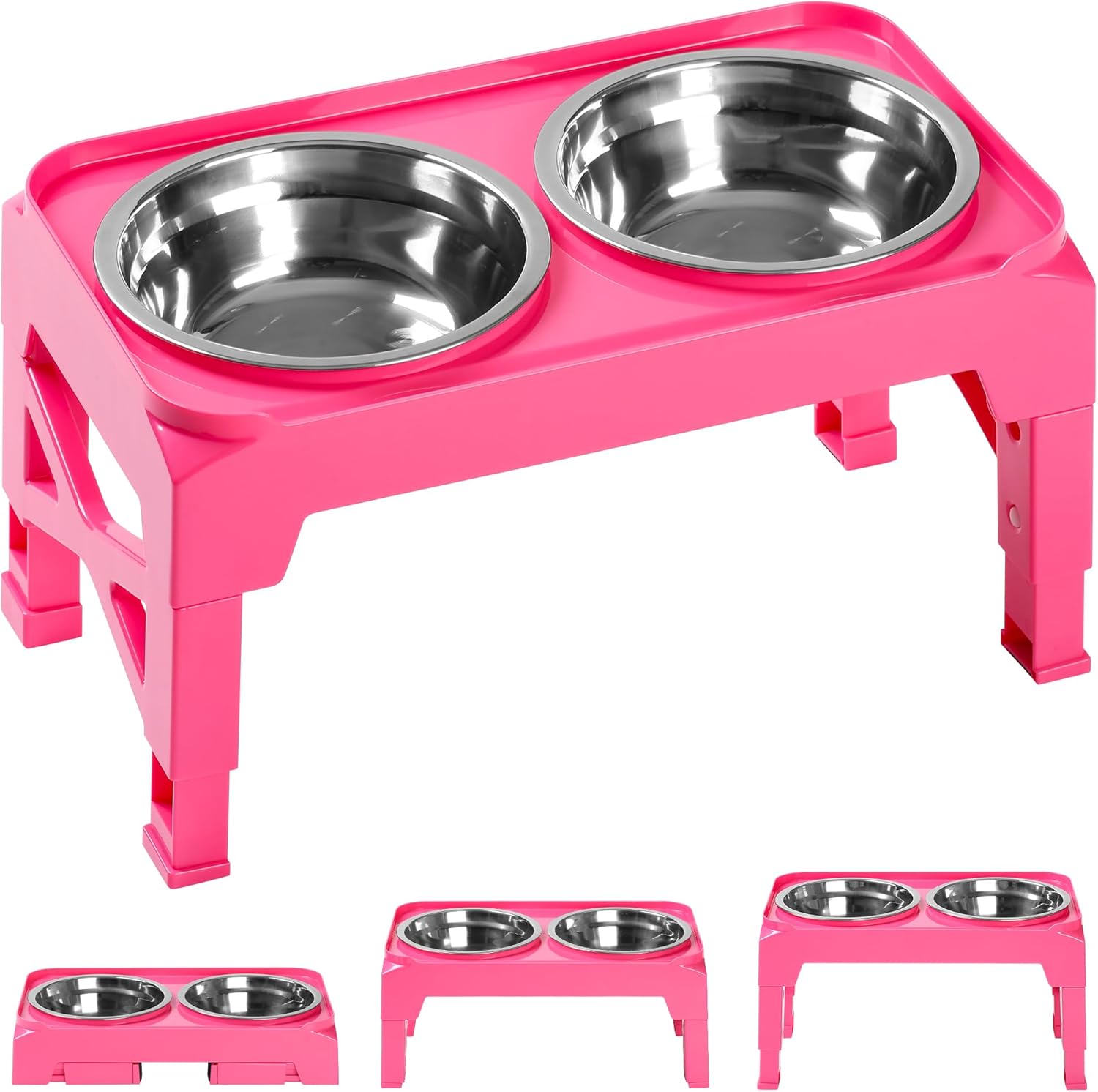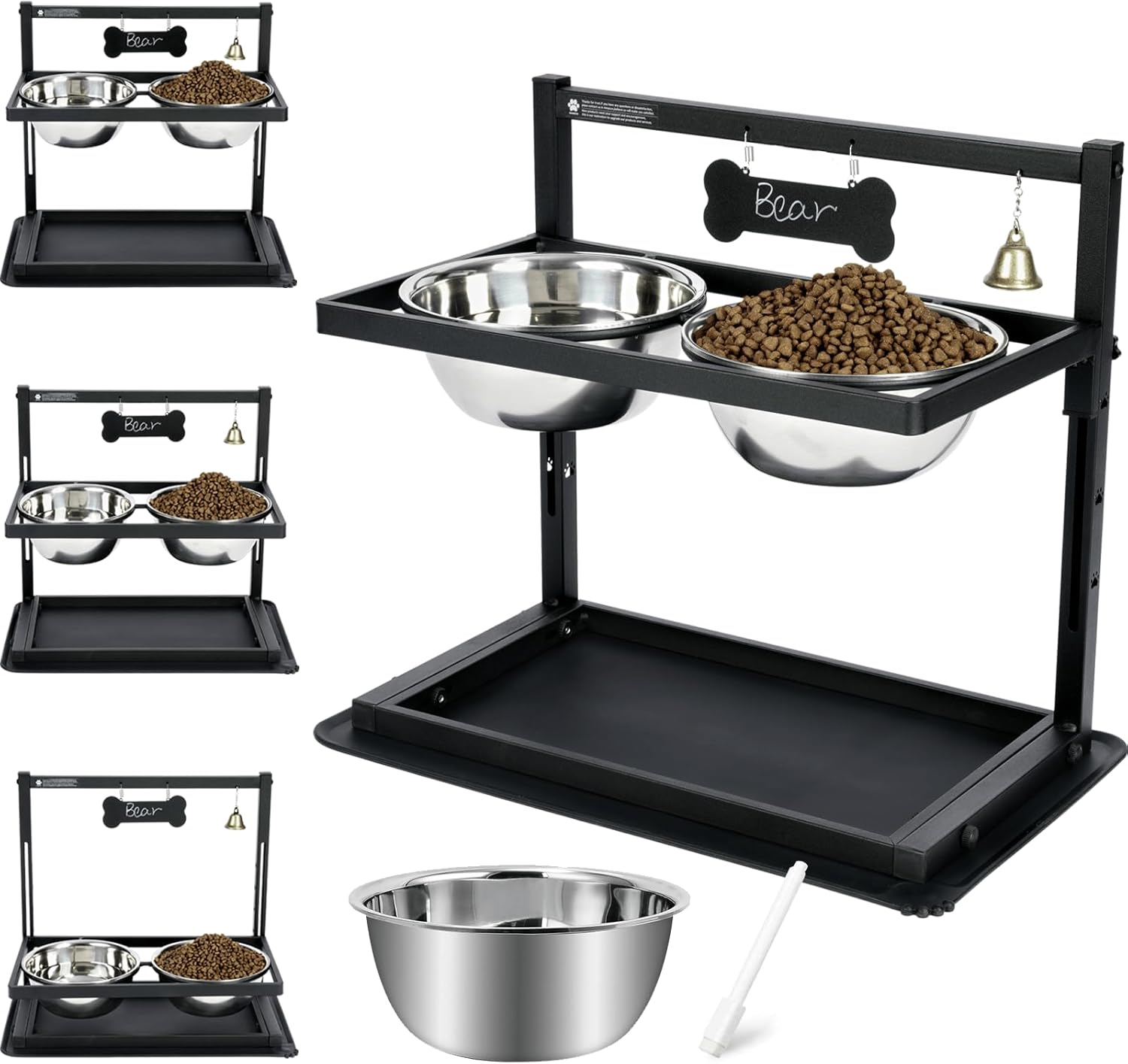How to Naturally Manage Your Cat’s Weight with Simple Remedies
Introduction
Just like humans, cats can struggle with weight issues. Obesity in cats can lead to serious health problems such as diabetes, joint issues, heart disease, and a reduced lifespan. While prescription diets and veterinary treatments exist, many cat owners prefer natural, safe, and simple remedies to help their feline friends maintain a healthy weight.
In this guide, we’ll explore practical, natural ways to help your cat lose weight and stay fit—without harsh diets or excessive restrictions.
1. Why Maintaining a Healthy Weight Is Important for Cats 🐱⚖️
A cat’s ideal weight depends on breed, size, and age, but generally:
✔Domestic shorthair/mixed breed cats: 8–12 lbs (3.6–5.4 kg)
✔Siamese & Oriental breeds: 6–10 lbs (2.7–4.5 kg)
✔Maine Coons & larger breeds: 10–25 lbs (4.5–11.3 kg)
Dangers of Cat Obesity 🚨
🚫 Diabetes – Overweight cats are more prone to insulin resistance.
🚫 Joint & Mobility Issues – Excess weight strains their bones and joints.
🚫 Heart Disease – A heavy cat’s heart has to work harder.
🚫 Shorter Lifespan – Studies show obese cats live shorter lives.
2. Simple Natural Remedies for Healthy Cat Weight 🌿🐾
A. Feed a High-Protein, Low-Carb Diet 🍗🥩
Why it Works:
✔Cats are obligate carnivores, meaning they thrive on protein-based diets.
✔High-protein meals boost metabolism and prevent weight gain.
✔Low-carb diets reduce excess fat storage.
What to Do:
✔Choose wet food over dry food – it’s higher in protein and moisture.
✔Look for meat-based ingredients (chicken, turkey, fish) instead of fillers like corn, wheat, or soy.
✔Limit kibble – dry food is often high in carbs, which contribute to weight gain.
🚨 Avoid: Cheap commercial foods with fillers, artificial additives, and by-products.
B. Portion Control & Scheduled Feeding ⏳🐾
Why it Works:
✔Free-feeding (leaving food out all day) leads to overeating.
✔Scheduled meals help regulate metabolism and prevent binge eating.
What to Do:
✔Feed smaller portions 2–3 times a day instead of one big meal.
✔Use measuring cups to ensure correct portions (most cats need 180–250 calories daily).
✔If using dry food, opt for smaller portions and increase wet food intake.
🚨 Avoid: Overfeeding treats—keep them under 10% of daily calories.
C. Encourage More Play & Activity 🎾🐱
Why it Works:
✔Physical activity helps burn excess calories and prevent boredom eating.
✔Play mimics hunting behavior, keeping cats mentally engaged.
What to Do:
✔Use interactive toys like feather wands, laser pointers, and balls.
✔Try food puzzles to make mealtime more engaging.
✔Set up cat trees, tunnels, and scratching posts for climbing fun.
🚨 Tip: Aim for two 10-minute play sessions daily to keep your cat active!
D. Increase Hydration with Water & Broth 💦🐟
Why it Works:
✔Cats often mistake thirst for hunger, leading to overeating.
✔Proper hydration aids digestion and boosts metabolism.
What to Do:
✔Provide fresh, clean water daily (consider a cat fountain).
✔Add low-sodium chicken broth or tuna water to their meals for extra hydration.
✔Mix wet food with water to keep them full without adding extra calories.
🚨 Avoid: Milk or flavored waters—they can cause digestive issues.
E. Natural Supplements to Boost Metabolism 🌿💊
Certain natural ingredients can support weight loss in cats:
✔L-Carnitine – Helps break down fat and increase energy.
✔Pumpkin Puree – High in fiber, making cats feel full with fewer calories.
✔Omega-3 Fatty Acids – Improves metabolism and promotes lean muscle.
How to Use Them:
✔Add 1 teaspoon of pumpkin puree to meals for fiber support.
✔Give omega-3 supplements (fish oil) 2–3 times a week.
✔Check with your vet before adding new supplements to your cat’s diet.
🚨 Avoid: Over-the-counter human weight-loss supplements—these can be toxic to cats!
3. Signs Your Cat is Losing Weight Safely ✅🐱
✔More energy – Your cat will move and play more.
✔Visible waistline – Look for a defined shape when viewed from above.
✔Easier movement – Less stiffness when jumping or climbing.
✔Steady weight loss – Aim for 1–2% of body weight per month (about 0.2–0.4 lbs per month for most cats).
🚨 If your cat is losing weight too fast, consult a vet to rule out underlying health issues.
4. When to See a Vet 🏥🐾
While natural remedies are effective, some cases require veterinary attention. See a vet if your cat:
✔Is severely overweight (more than 20% over ideal weight).
✔Has trouble walking or breathing due to weight.
✔Suddenly loses weight rapidly (this can indicate an illness).
✔Stops eating altogether (risk of fatty liver disease).
A vet can recommend a safe, customized weight-loss plan suited to your cat’s needs.
Conclusion
Managing your cat’s weight naturally is possible with simple lifestyle changes like a high-protein diet, scheduled feeding, daily playtime, and hydration. With patience and consistency, you can help your cat shed extra pounds safely and enjoy a longer, healthier life.
If weight gain continues despite these efforts, consult a vet for a tailored plan to keep your feline friend fit and happy! 🐾💚
Affiliate Products



